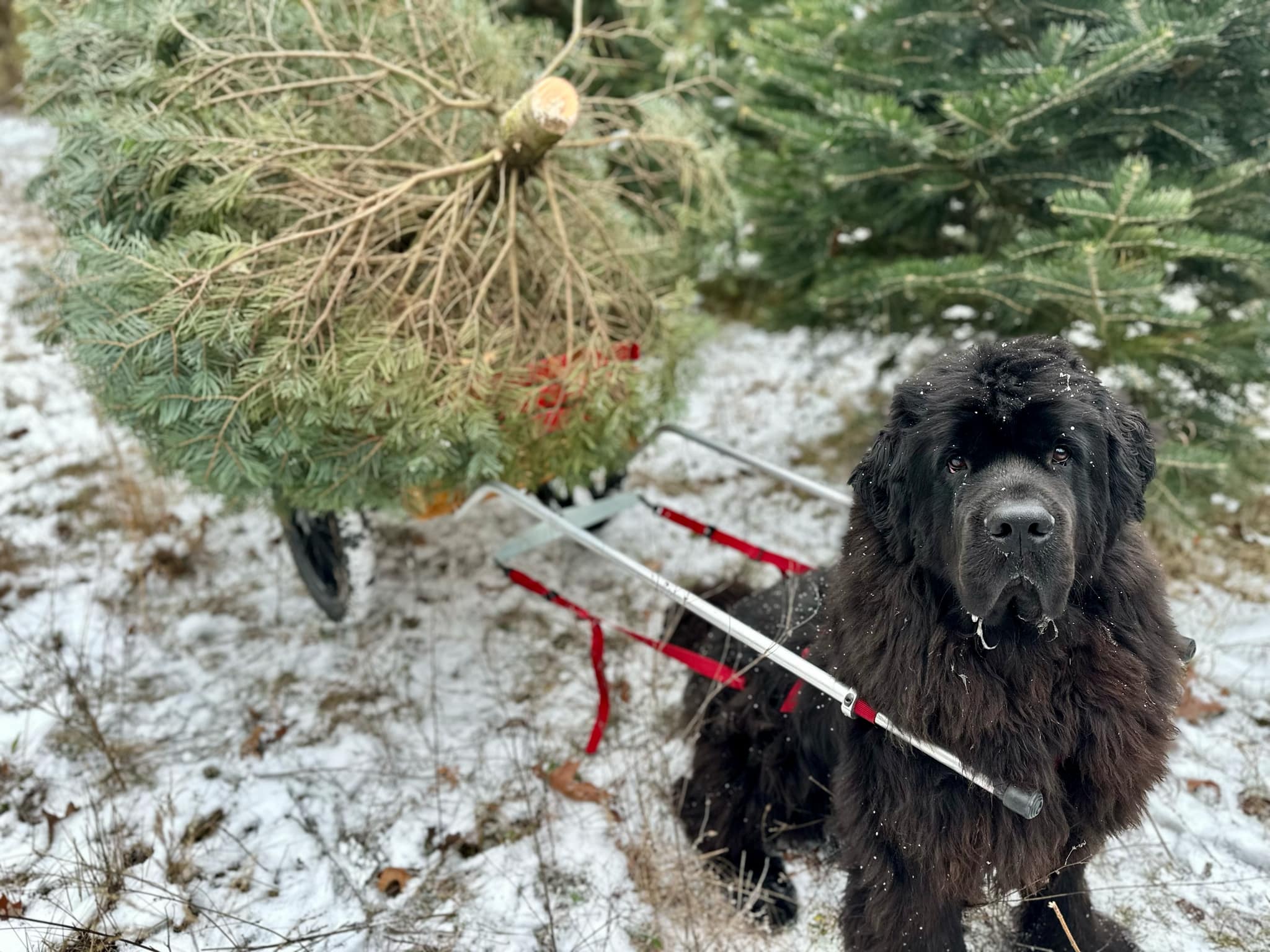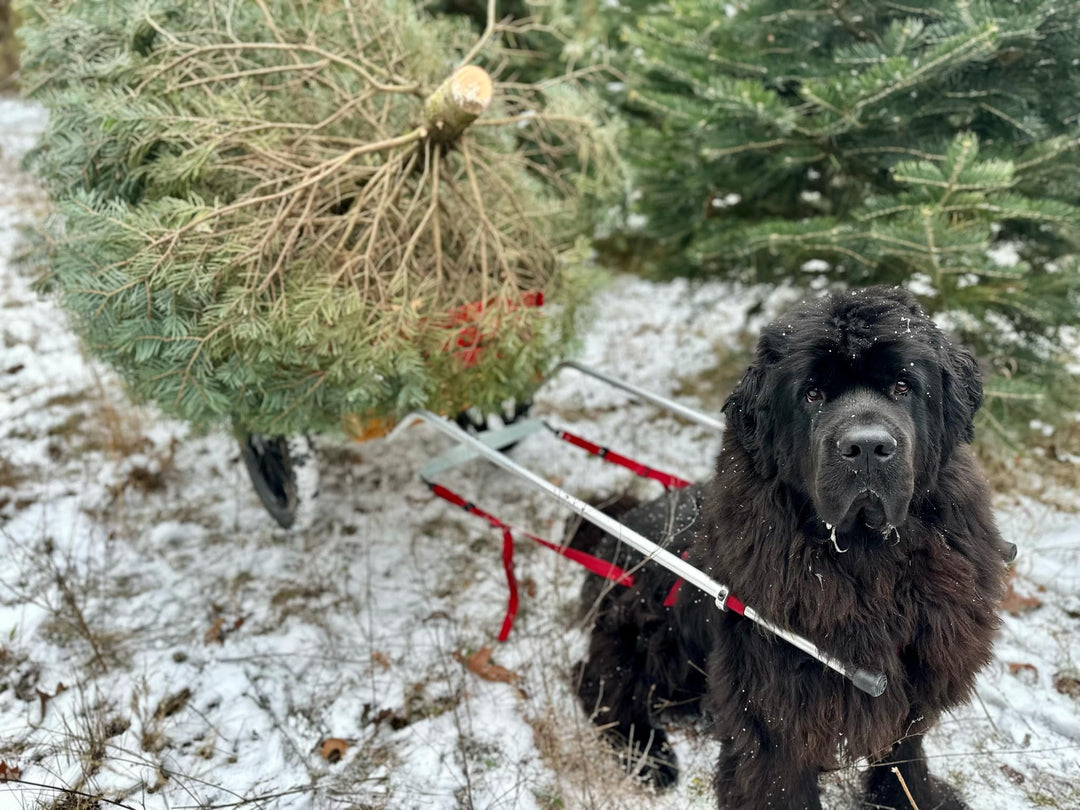What makes a Christmas tree?
There’s a moment when you bring a Christmas tree inside and the whole house changes.
That first breath, bright, green, and a little sweet, somehow makes the season real. For a lot of people, that smell is Christmas. But not every tree smells the same, and not every person agrees on what the “real” Christmas tree scent is.
The truth is, the scent of a tree depends on much more than the species tag at the lot. Where the tree grew, the soil beneath it, how it was stored, and even how your brain connects scent and memory all play a part in what you experience when you breathe in.
Why the classic Christmas tree scent is different for everyone
Every tree produces its own mix of aromatic compounds called terpenes. These tiny molecules are what we recognize as scent. Douglas-fir carries a heavy dose of limonene and beta-pinene, which gives it that bright lemon-lime snap. Noble fir leans more toward bornyl acetate, which smells smooth, sweet, and resinous.
Even trees of the same species can smell different depending on the region and season. Grand fir is an excellent example - here in Southern Oregon, its scent can range from intensely citrus in the wintertime (think tangerine peel or grapefruit) to an almost bitter, spicy scent during the summer.
And then there’s the human element! Our memories shape how we interpret scent more than anything else. If you grew up with a Noble fir in the living room, you might find Douglas-fir too sharp. If you are a Concolor fir fanatic (like me!), Grand fir captures that same aroma. There is no wrong answer, though there is certainly one that will feel like the holiday season to you.
Our Guide to Rogue Evergreens' Scents
| Tree Species | Smells Like | Is it right for you? |
|---|---|---|
| Douglas-fir | Bright lemon-lime, sharp and fresh with a resinous finish | A classic, citrusy Christmas tree species, but may be too sharp for folks who grew up with Noble or Fraser. |
| Noble fir | Smooth, sweet, and balsamic with soft woodsy undertones | The classic Pacific Northwest Christmas tree. Simple, subtle, and crisp. |
| Grand fir | Tangerine peel, green, and sticky fir sap | For the Concolor fir lovers! Think of it like a Fraser fir with orange peel! Hunter's personal favorite. |
| Ponderosa pine | Warm and sweet. Think butterscotch, fresh sawdust, and sticky pine sap. | Not a traditional Christmas tree, and not a typical sharp pine note, but a wonderfully warm aroma for a winter morning. |
| Incense cedar | Deep, dry and mildly spicy with a ginger or chai-like impression | Not a traditional Christmas tree, but an incredibly unique & warm aroma reminiscent of crackling wood stoves and gingerbread. |
Bringing the woods home
I distill each of these species myself in Southern Oregon, so that you can experience their wonderful aromas in your own home. Nothing is added or blended to smell “more piney.” Just steam, trees, and patience. The result is the scent exactly as it exists out in the woods: resin, needles, sunlight, and rain, all captured in a bottle.
If you’re unsure which tree fits your memory, I recommend starting with one of our forest discovery packs, in Room & Linen Sprays or Essential Oil Rollers. It’s a small collection of pure evergreen scents that let you explore and find the one that feels like the holidays to you.
A final thought
For me, the smell of a Christmas tree isn’t just about the season. It’s the smell of being outside with the people (and dogs!) that I love the most, sticky sap on my hands, and bringing home a small piece of the woods that we can all enjoy.
Whatever “Christmas tree scent” means to you, whether sweet, sharp, citrusy, or warm, I hope you find a version that feels like home.



